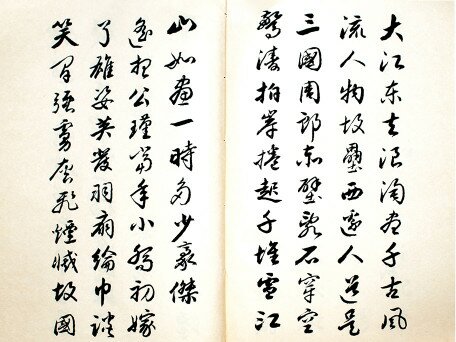Understanding the Practices of Middle Leadership for Quality in Early Childhood Education: Role, Power and Authority
- 項目計劃:
- 優配研究金
- 項目年份:
- 2019/2020
- 項目負責人:
- 何彩華博士
- (幼兒教育學系)

This project aims to investigate the role, power and authority of middle leaders as perceived by various preschool personnel including principals, middle leaders and classroom teachers.
The Changing Landscape. In recent years, the number of young children attending preschools in many Asian countries, including Japan, Korea, Singapore, mainland China and Hong Kong, has grown. Not only that, over the past few years, the average number of preschool teachers in each of these countries has also been gradually increasing (see Diagram 1). These changes in school size have altered the organizational structure of preschools. Most notably, the staff structure has changed from a flat to a tall hierarchy. New tiers have been created at the middle level of the school structure (Ho, Lee & Teng, 2016). This marks the emergence of middle leadership in early childhood education (ECE).
Significance of the Study. In Hong Kong, the size of preschools (i.e. the average number of teachers) increased from 11.69 in 2011 to 13.74 in 2017. In its policy agenda, the local government has prioritized issues of quality (Hong Kong Government, 2016). With the implementation of free, quality, ECE, a number of quality reform initiatives have been introduced since 2017: gradually improving the teacher-child ratio from 1:15 to 1:11, providing resource support to hire middle leaders to strengthen staff structure, and refining the Performance Indicators for Pre-primary Institutions to tighten up quality standards. These three reform agendas have all combined to play a part in shaping the development of middle leadership. However, the local government largely follows Western educational reforms in terms of decentralizing school leadership. This project should contribute significantly to the development of alternative perspectives on Western theories of middle leadership.
Scientific Rigor of the Study. This project aims to investigate the role, power and authority of middle leaders as perceived by various preschool personnel including principals, middle leaders and classroom teachers. It will also identify organizational factors that promote and impede the practice of middle leadership for quality improvement initiatives. To achieve this aim, we have conceptualized different models of middle leadership for systemic inquiry. Using a sequential mixed-methods approach, the project will consist of two phases: qualitative and quantitative studies. In 2017-18, Hong Kong has 1030 preschools with 14155 registered ECE teachers (Education Bureau, 2016). In the first phase, we will purposively select 12 preschools in a combination of different sizes (small, medium and large), program durations (half-day and full-day), and types of operation (operated independently and operated with sibling preschools under a parent organization) for semi-structured interviews at the beginning, middle and end of the school year. There will be approximately 144 interviews in all. In the second phase, we will use a stratified random sampling method to select 50% local preschools (i.e. 515 preschools with 7078 teachers) for the questionnaire survey. Quantitative analysis will be used to capture the overall patterns of measured variables on middle leadership. Various statistical methods, including means, standard deviations, item-total correlations, exploratory factor analysis, and multilevel structural equation modeling (SEM), will be used for data analysis to investigate the underlying mechanism among various constructs.








